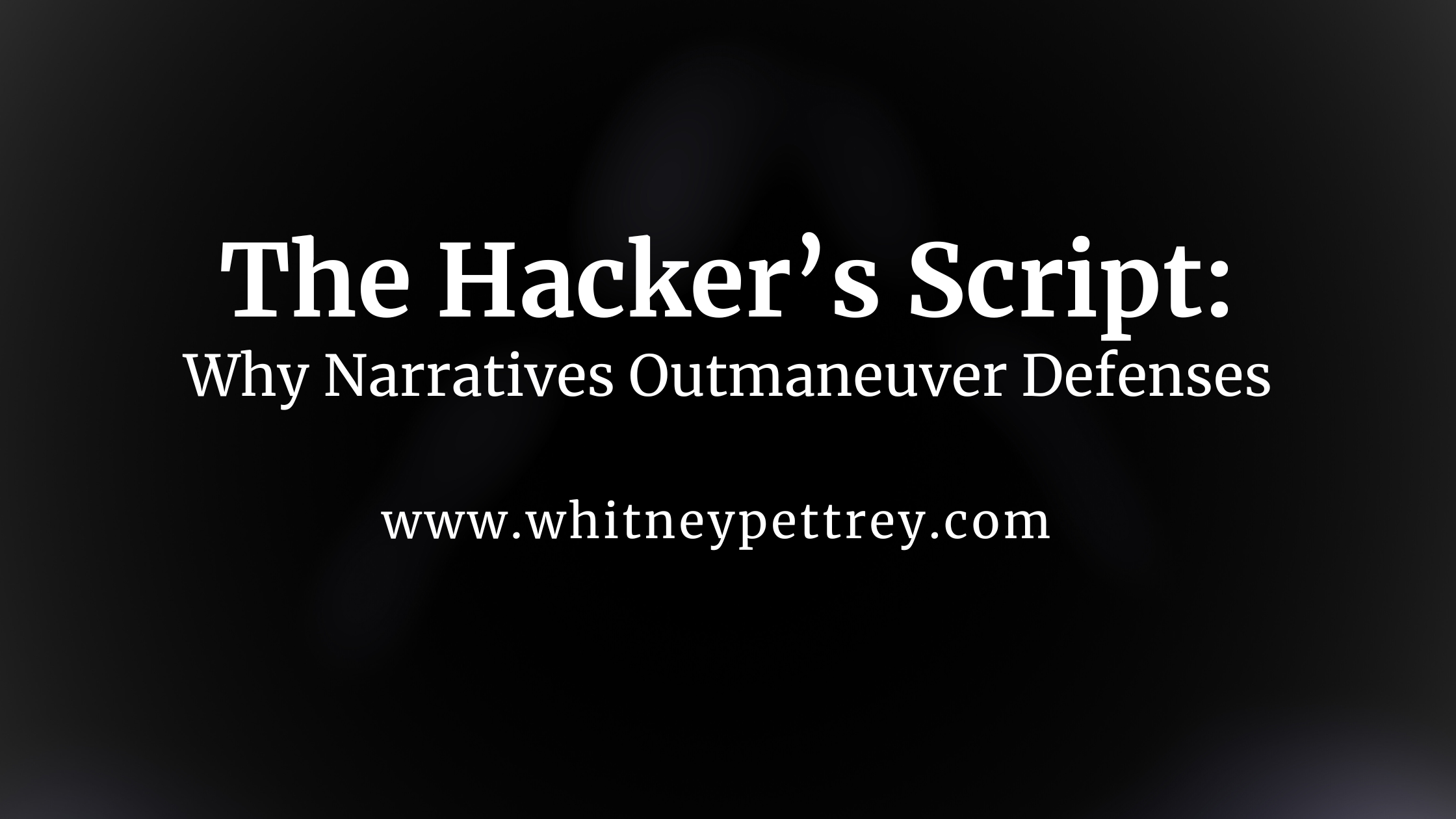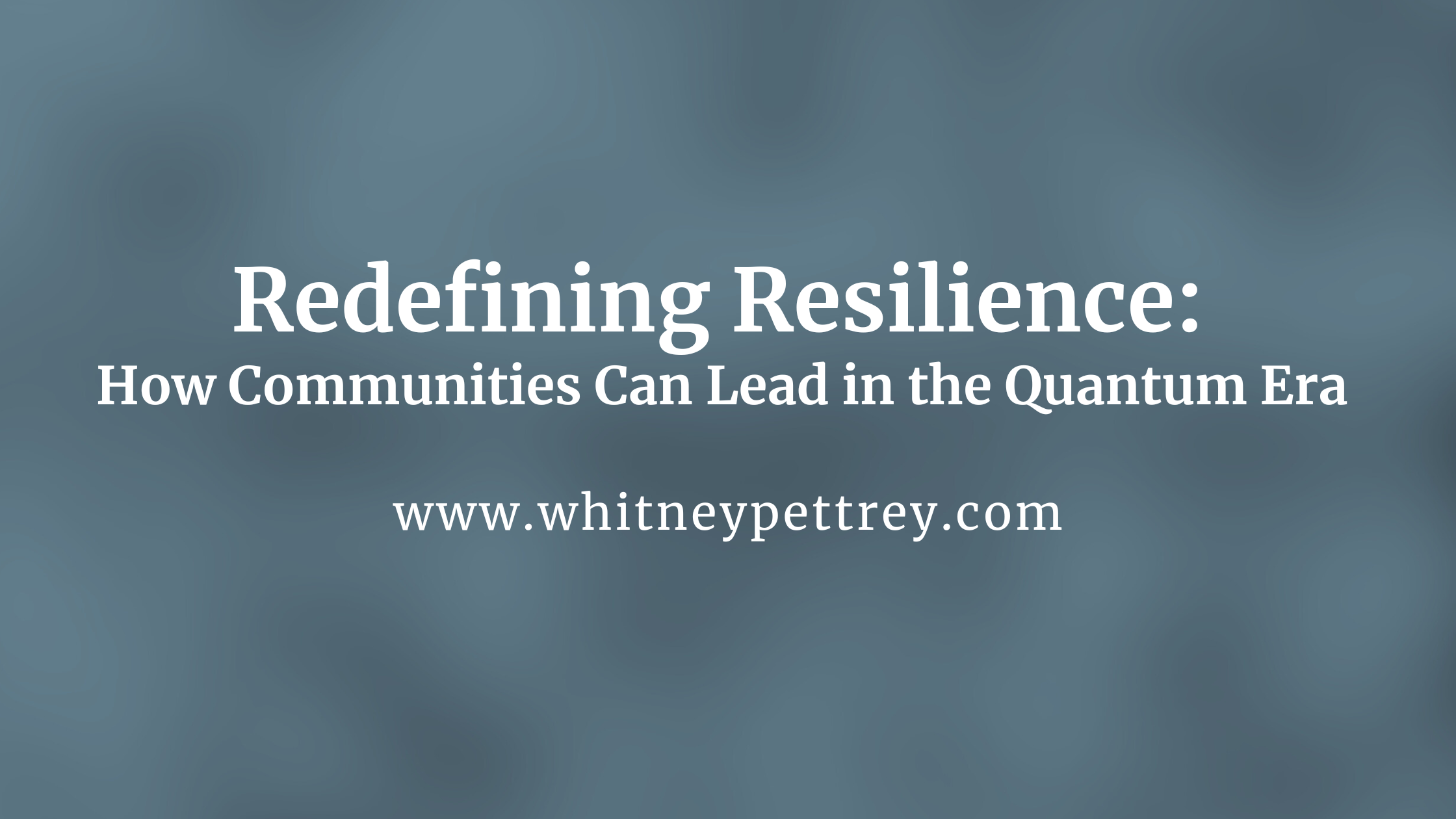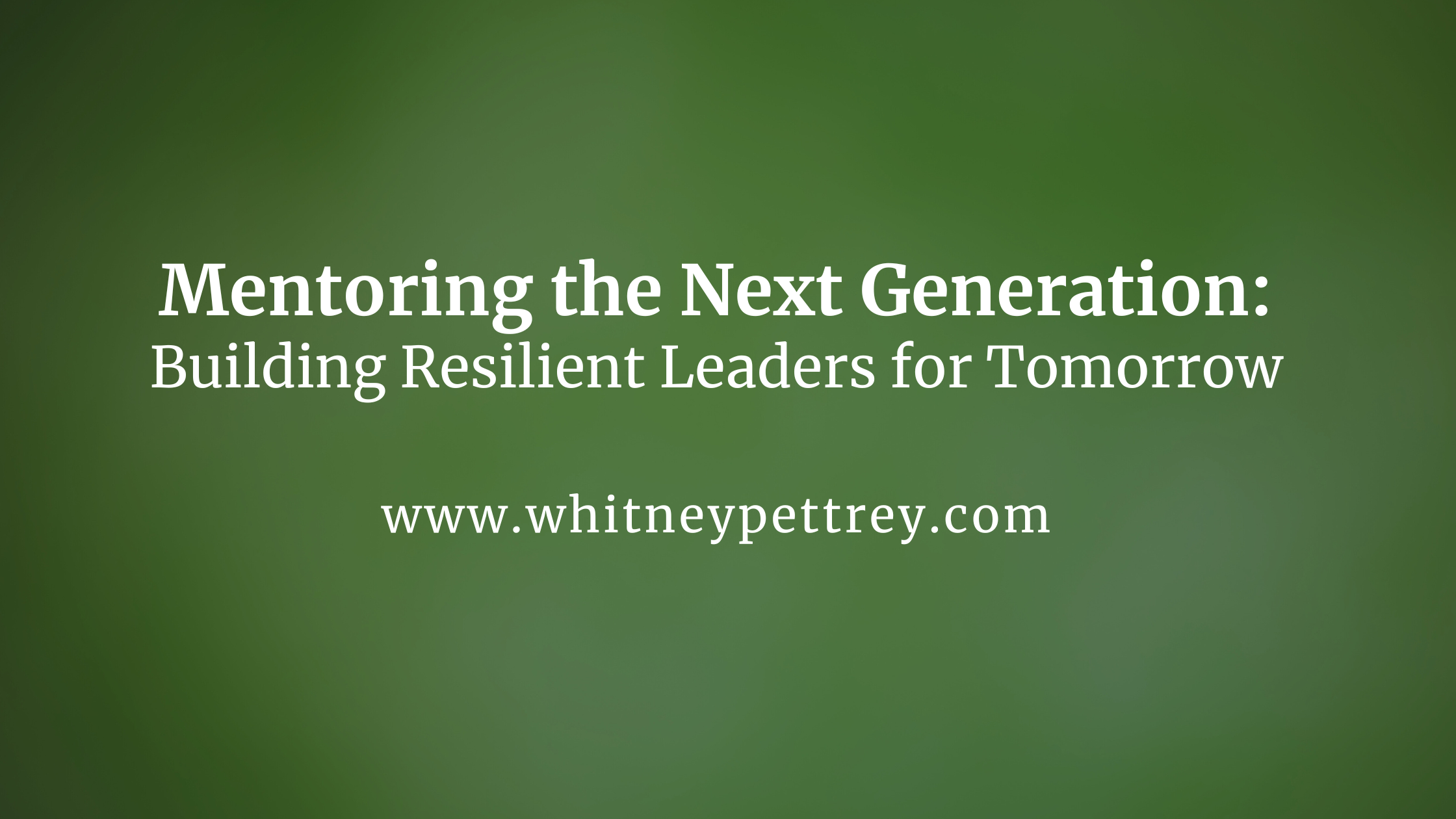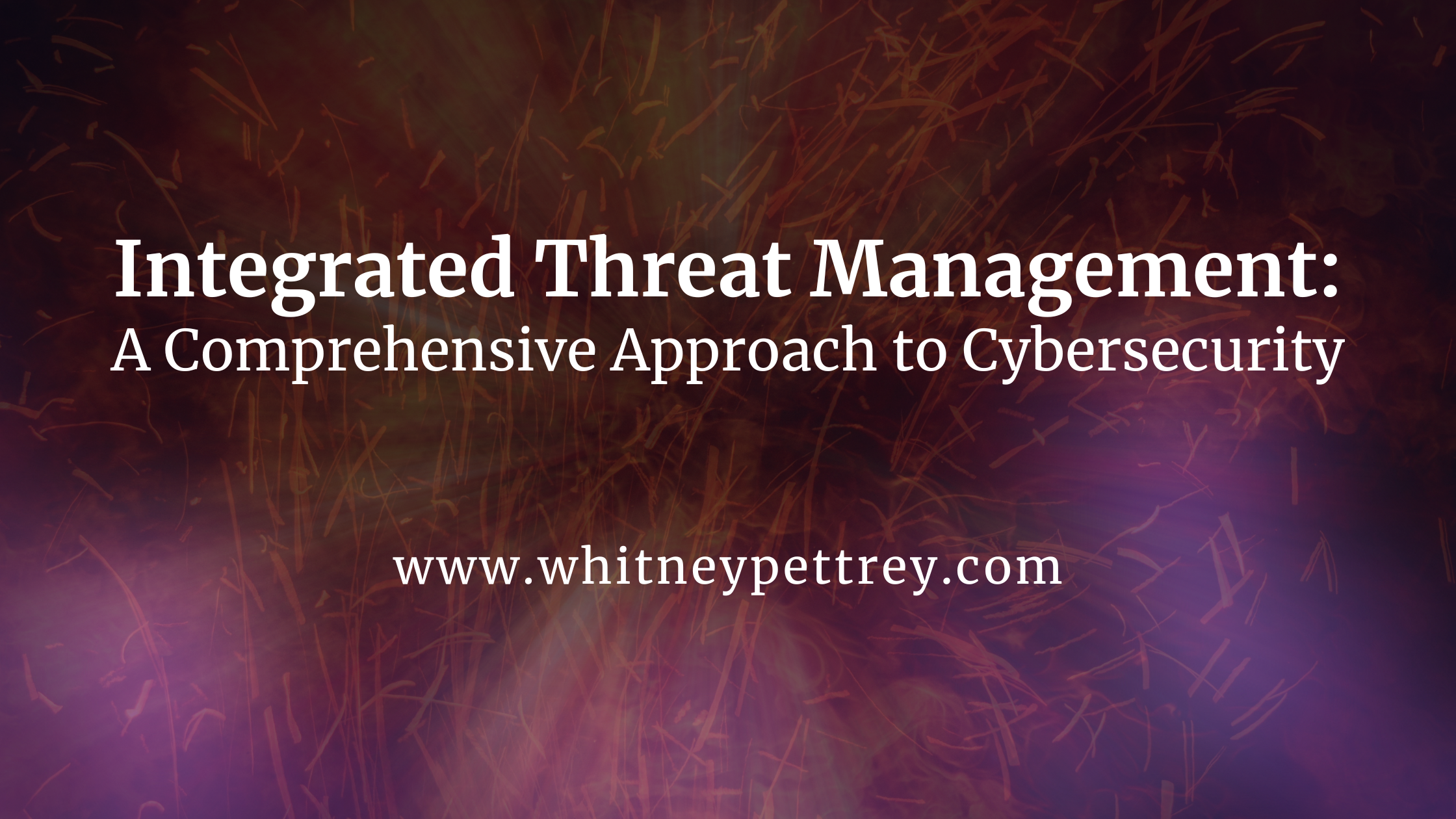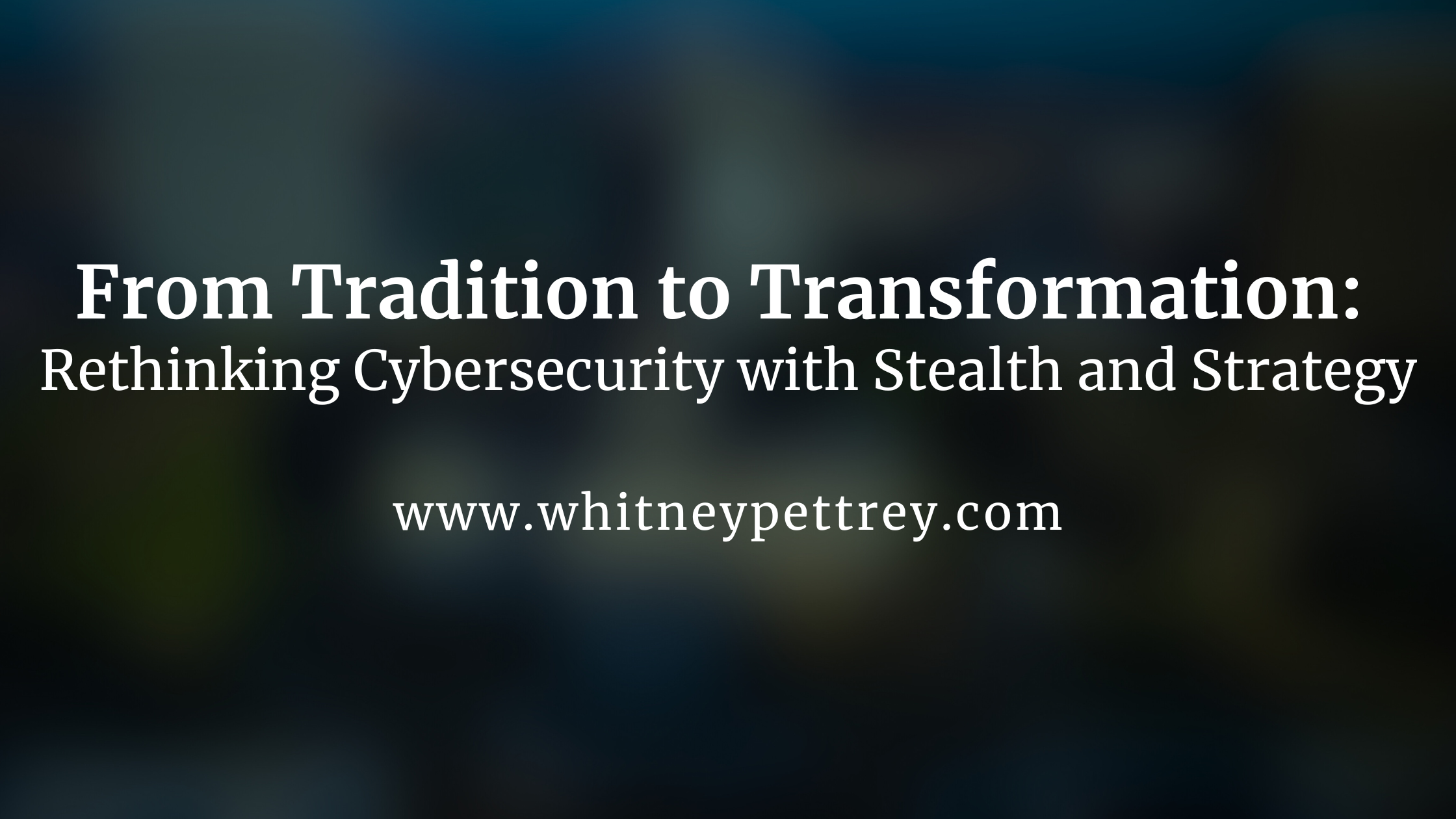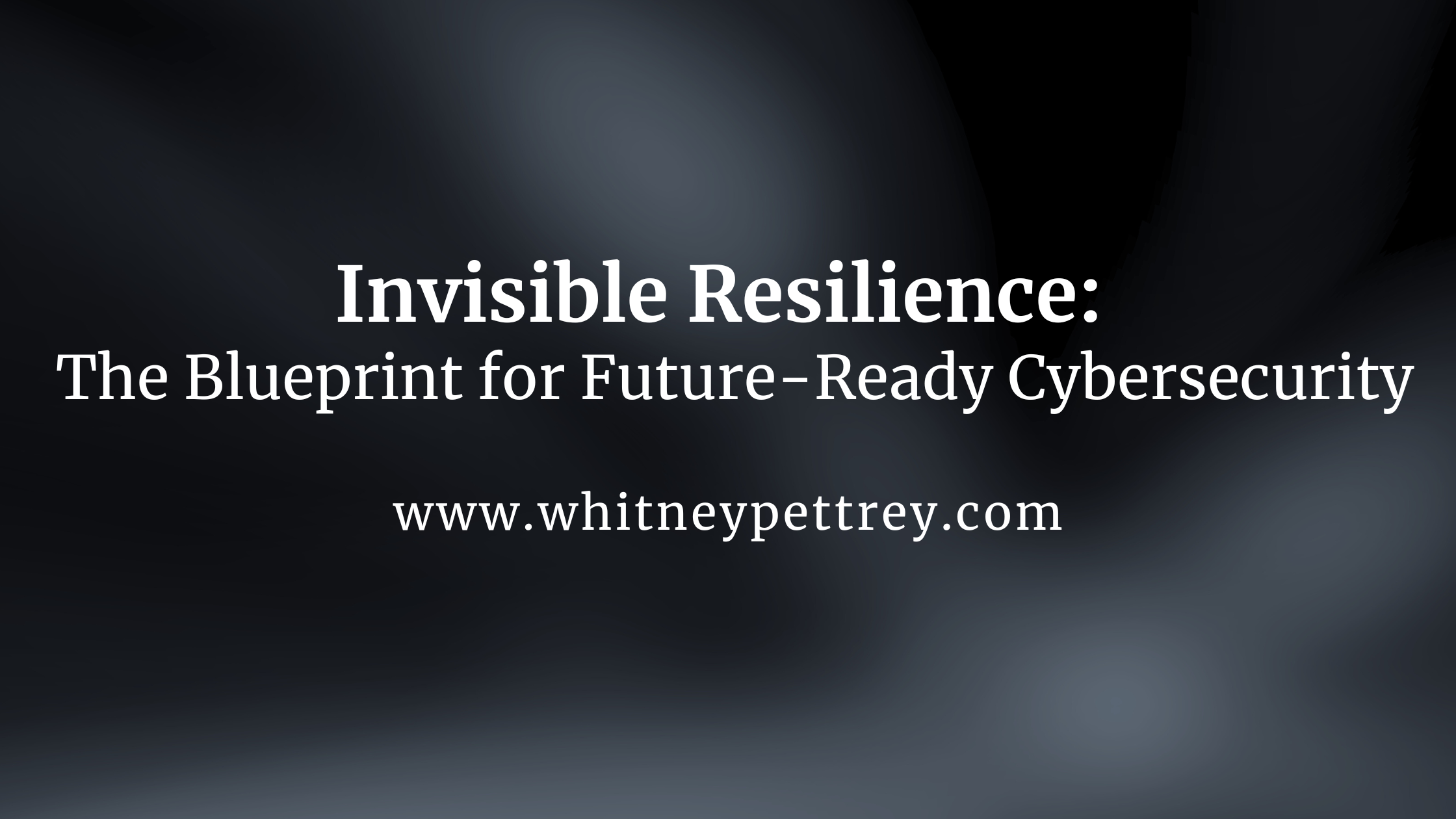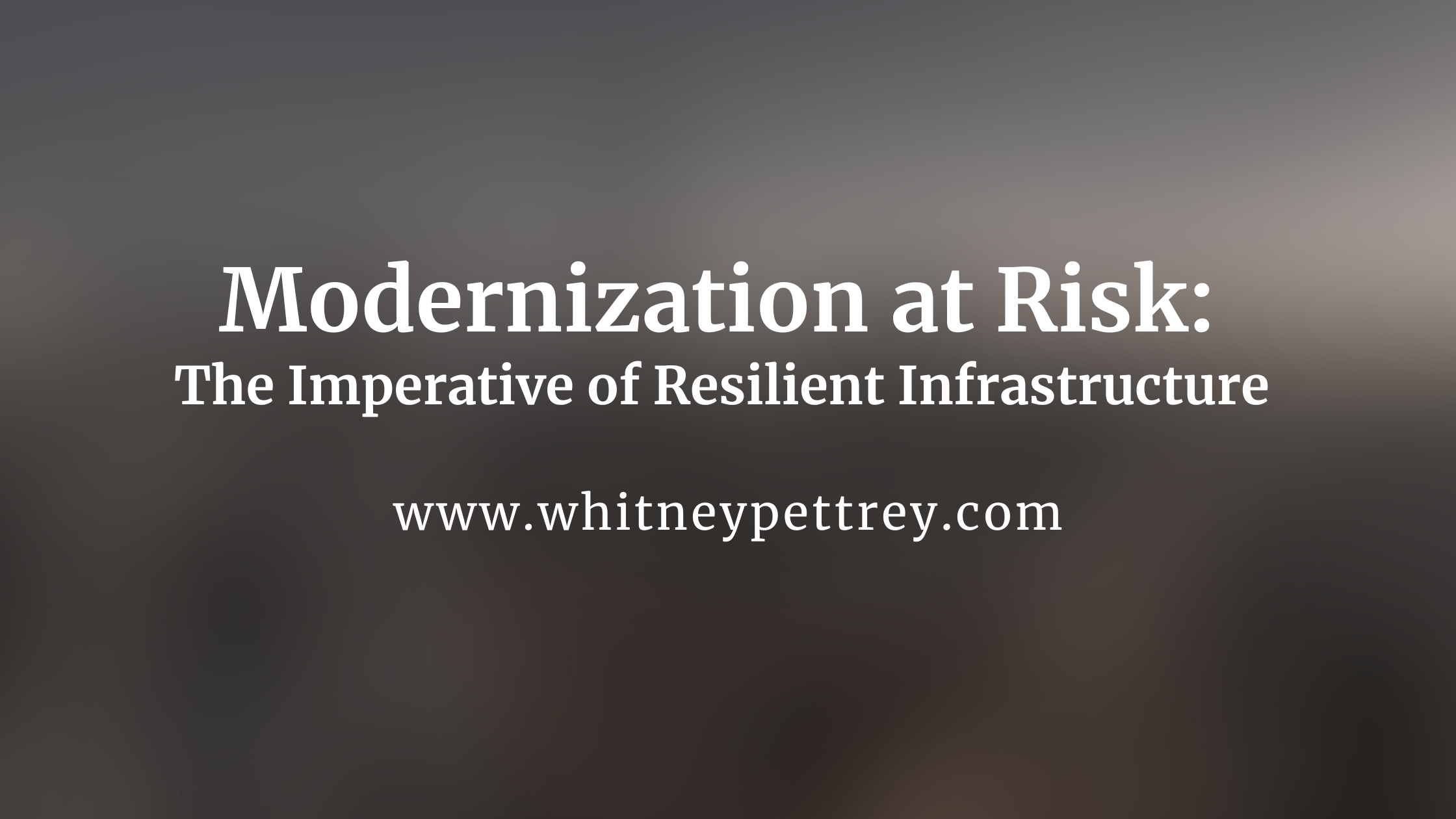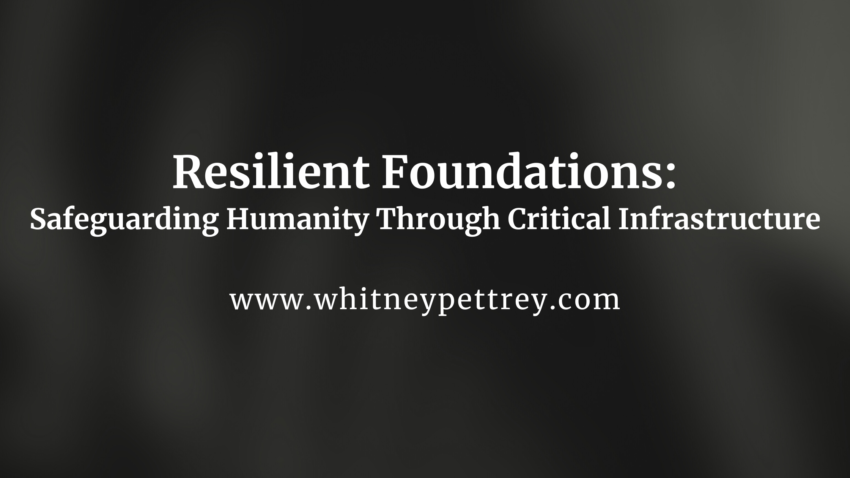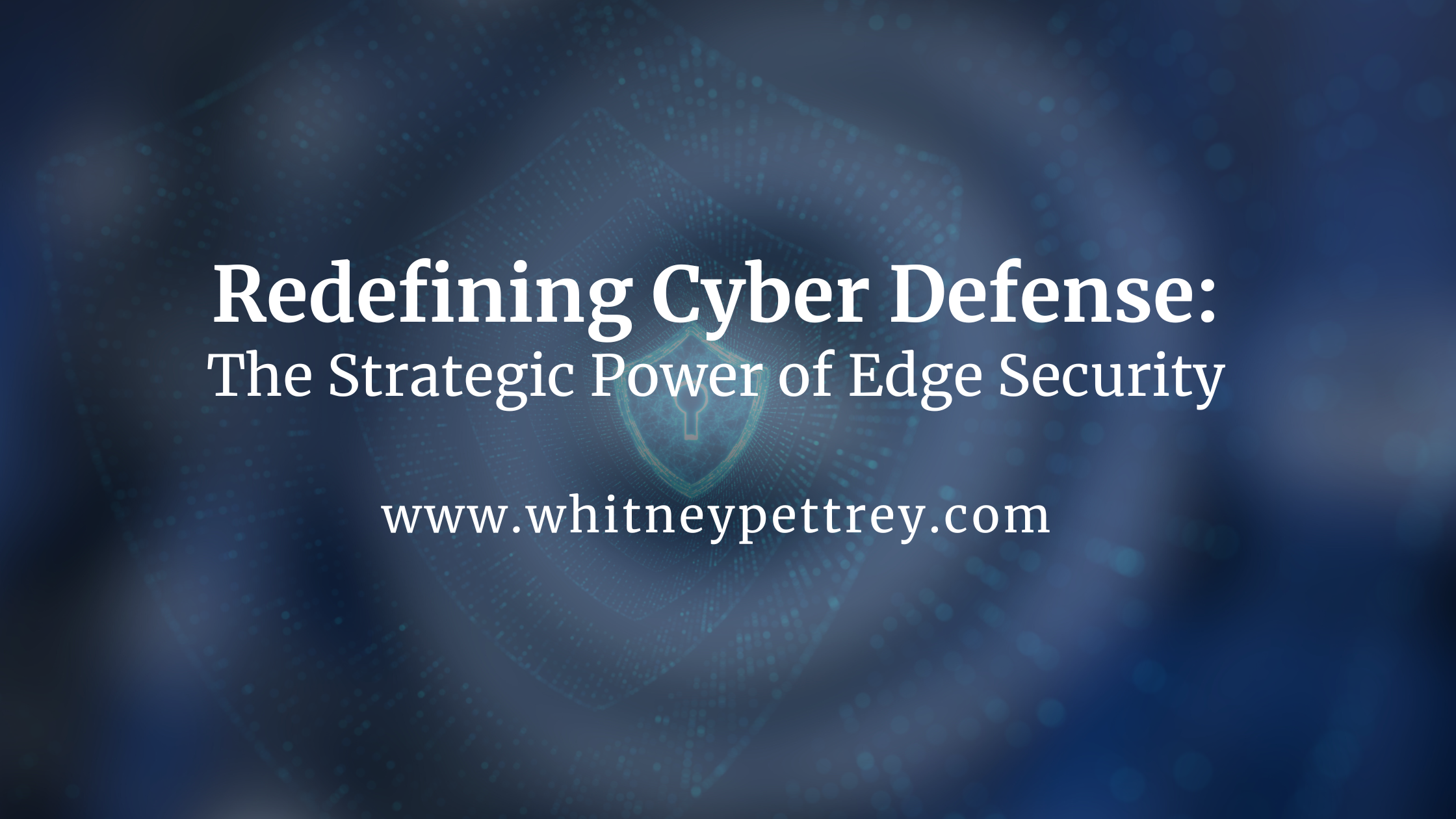This article explores the psychological tactics used by hackers to manipulate and deceive their targets. It highlights the importance of narrative in cybersecurity, emphasizing how hackers use storytelling to exploit vulnerabilities and achieve their objectives. To counter these tactics, the article suggests several strategies, including adaptive training, proactive storytelling, and strategic deception. By understanding the narrative techniques employed by hackers and implementing effective countermeasures, individuals can enhance their cybersecurity awareness and mitigate the risk of successful attacks.
Tag: whitney pettrey
Redefining Resilience: How Communities Can Lead in the Quantum Era
Quantum computing is poised to revolutionize the digital landscape, bringing both unparalleled opportunities and profound challenges to our cybersecurity foundations. This article explores how communities can proactively prepare for the quantum era by embracing innovation, fostering collaboration, and investing in resilience. Through real-world examples like Riverton, Utah, and actionable strategies for leaders, discover how to transform the disruptive potential of quantum computing into a catalyst for progress and security. The future of resilience starts today.
Mentoring the Next Generation: Building Resilient Leaders for Tomorrow
This article explores the critical role of mentorship in shaping the future of cybersecurity. By sharing knowledge, fostering innovation, and cultivating resilience, mentors can empower aspiring leaders to address complex challenges and safeguard our digital world. Discover how mentorship can ignite potential, inspire innovation, and build a more secure future.
Integrated Threat Management: A Comprehensive Approach to Cybersecurity
As cyber threats become increasingly sophisticated, a traditional, siloed approach to security is no longer sufficient. Integrated Threat Management (ITM) offers a comprehensive solution, combining technology, human expertise, and proactive strategies to address the evolving threat landscape. By integrating threat intelligence, real-time analytics, and automated response mechanisms, ITM empowers organizations to anticipate, detect, and respond to cyber threats effectively, ensuring business continuity and protecting critical assets.
From Tradition to Transformation: Rethinking Cybersecurity with Stealth and Strategy
Outdated methods and complacency leave organizations vulnerable in today’s digital battleground. Modern adversaries operate with precision, stealth, and strategic foresight, exploiting gaps in reactive defenses. To stay ahead, cybersecurity leaders must embrace transformative tools like stealth gamification, adversarial tactics, and advanced simulations. These strategies foster proactive defenses, adaptive teams, and a culture of resilience, equipping organizations to not only defend but dominate in an evolving landscape. Discover how forward-thinking strategies redefine cybersecurity and secure a competitive edge in the face of modern threats.
Invisible Resilience: The Blueprint for Future-Ready Cybersecurity
This article argues that traditional cybersecurity approaches are no longer sufficient. The future lies in “invisible resilience” – proactive, self-sustaining defenses that operate seamlessly. By leveraging AI and automation, organizations can build systems that anticipate and neutralize threats without constant human intervention. This article explores how states like Utah can embrace this paradigm, fostering public-private partnerships and investing in AI-driven solutions to build a more secure future.
Modernization at Risk: The Imperative of Resilient Infrastructure
Modernization promises progress, but for many towns, it can bring hidden vulnerabilities. This article delves into the paradox of innovation, exploring how digital transformation in small communities opens the door to unseen threats. Using scenarios like Elkton, Maryland, and real-world examples such as the Baltimore ransomware attack, it highlights the critical need for shared responsibility between public and private sectors. Discover actionable strategies for balancing innovation with resilience and ensuring that modernization leads to lasting security, not cascading risks.
Resilient Foundations: Safeguarding Humanity Through Critical Infrastructure
Modern society thrives on an intricate web of critical systems—power grids, water networks, hospitals, and transportation—all silently orchestrating our daily lives. But what happens when these lifelines are compromised? This article delves into the fragile interdependencies of our infrastructure, the cascading impacts of cyber threats, and the urgent need for a human-centric approach to resilience. Through actionable insights and real-world examples, discover how bold leadership and unified strategies can safeguard the systems that sustain humanity.
Redefining Cyber Defense: The Strategic Power of Edge Security
As enterprises embrace decentralized architectures like edge computing and IoT, traditional security models are becoming obsolete. This article explores the critical role of edge security in protecting these distributed environments. It delves into the challenges posed by the expanding attack surface, the need for real-time threat detection and response, and the importance of data sovereignty and privacy.
